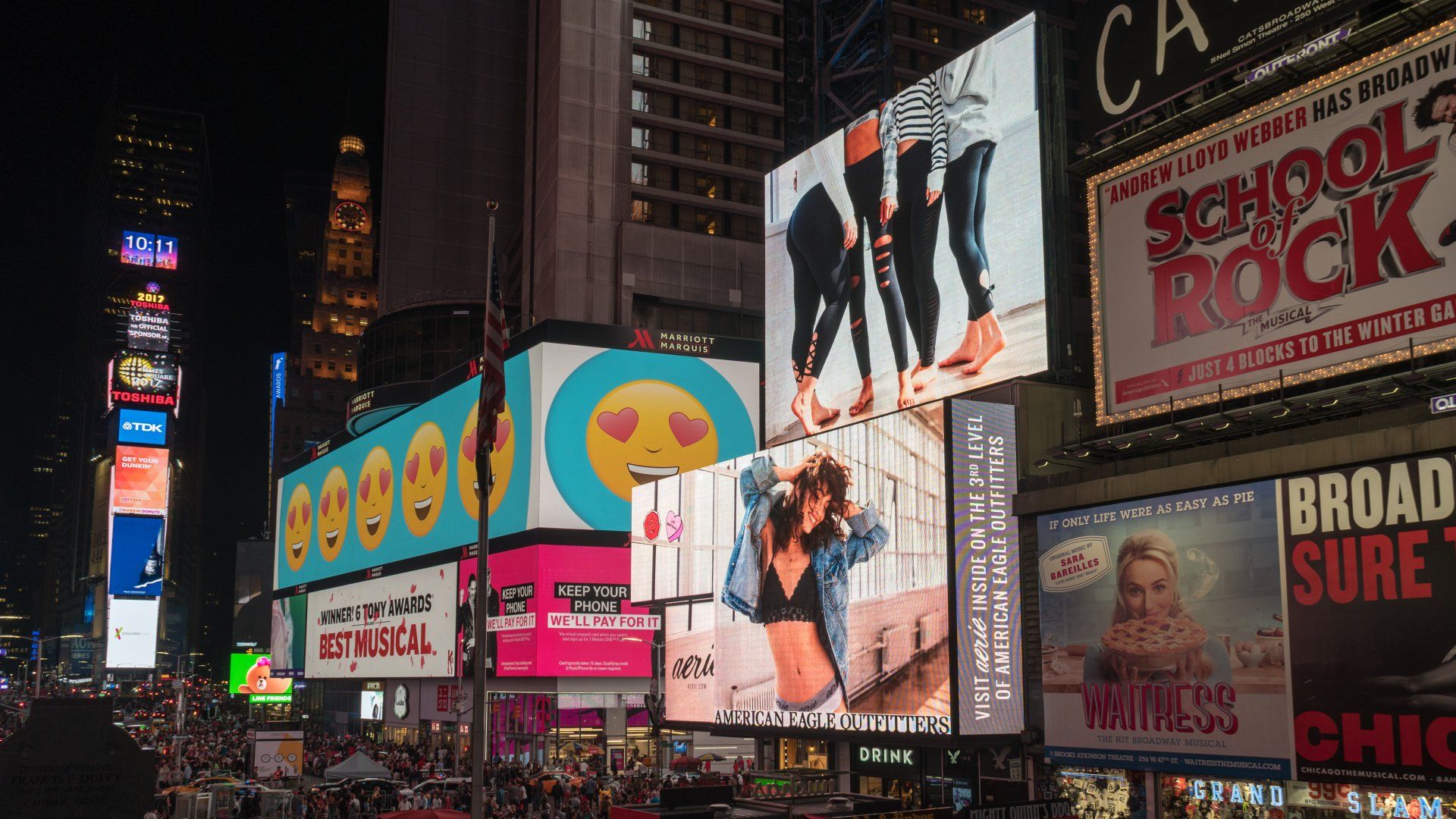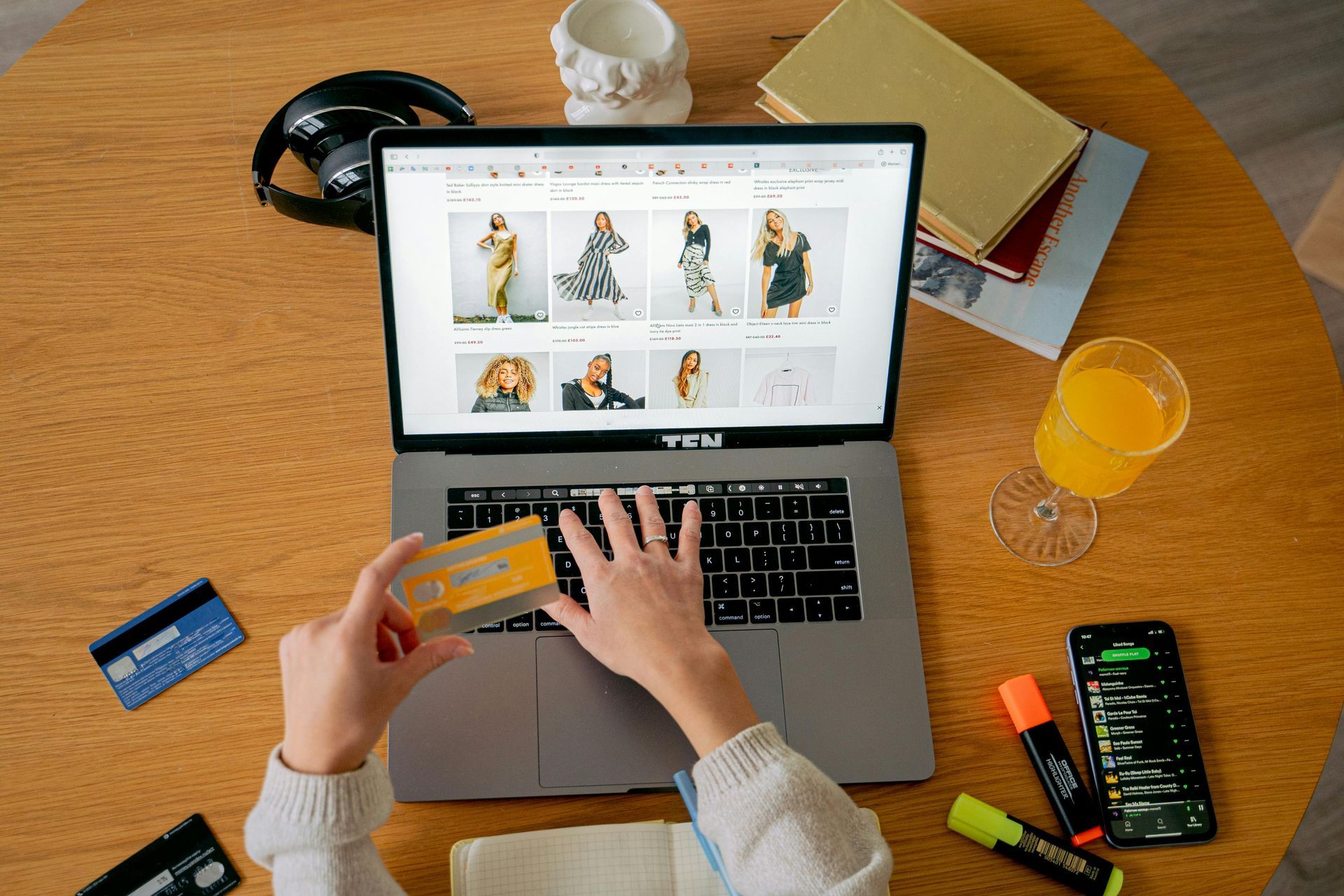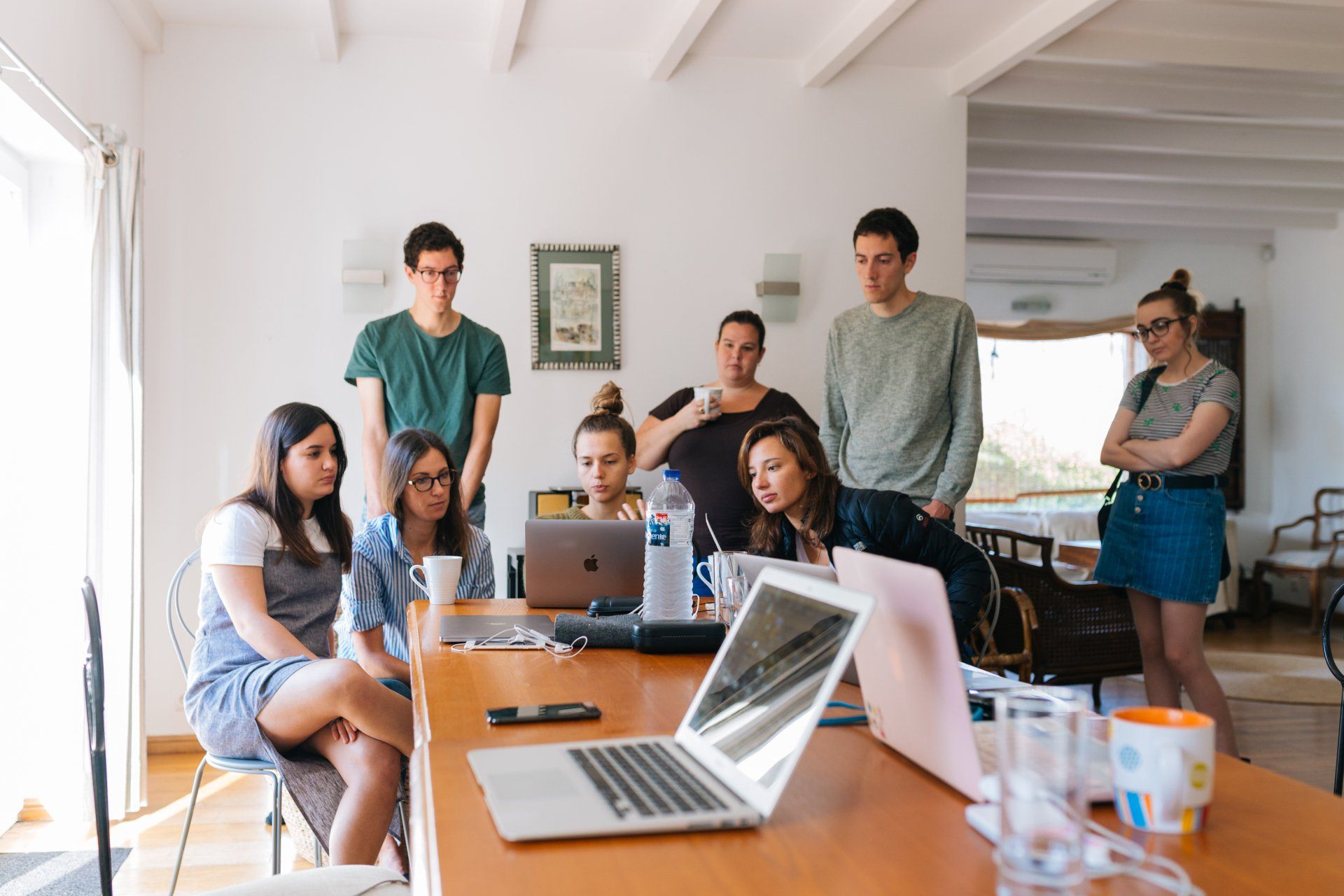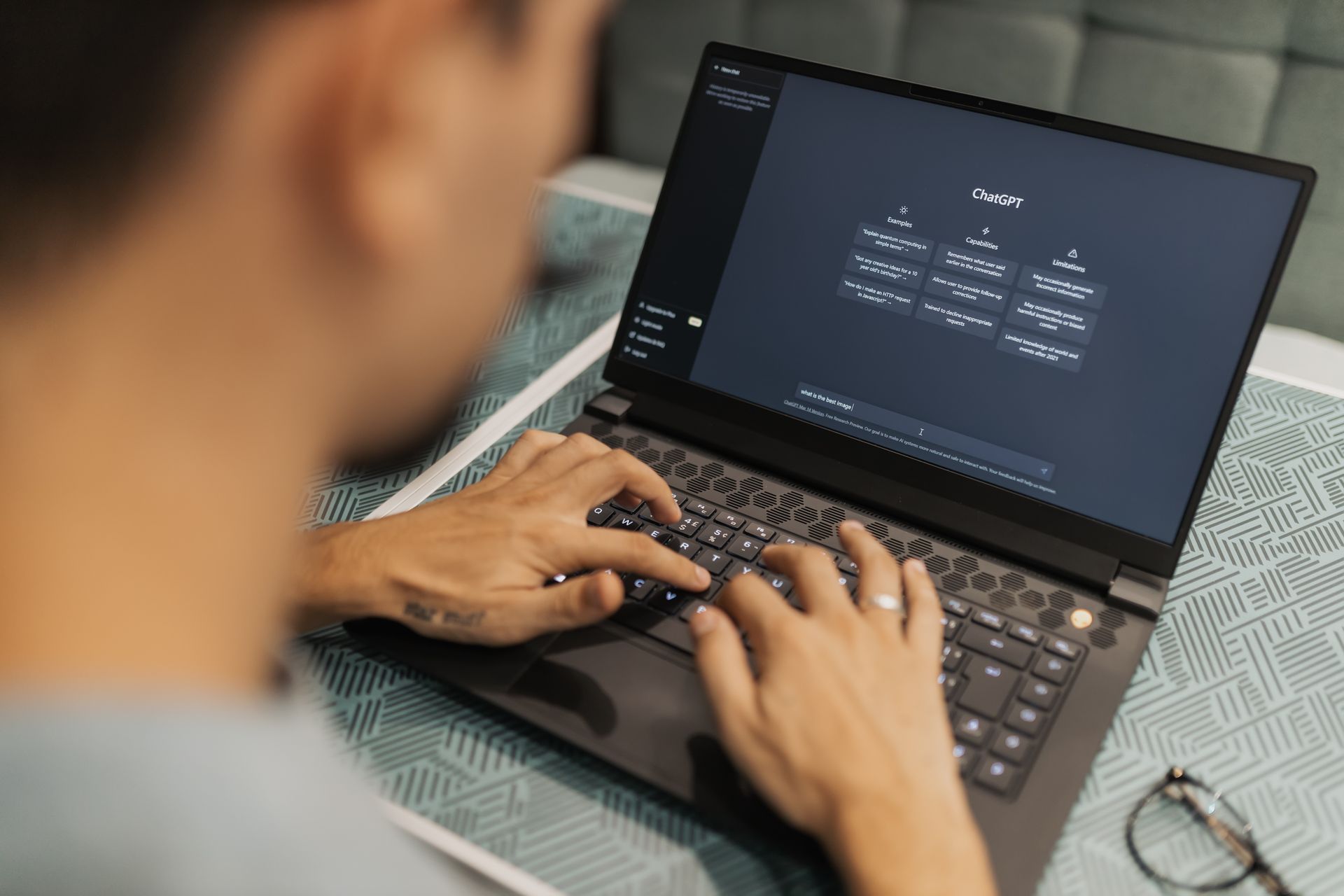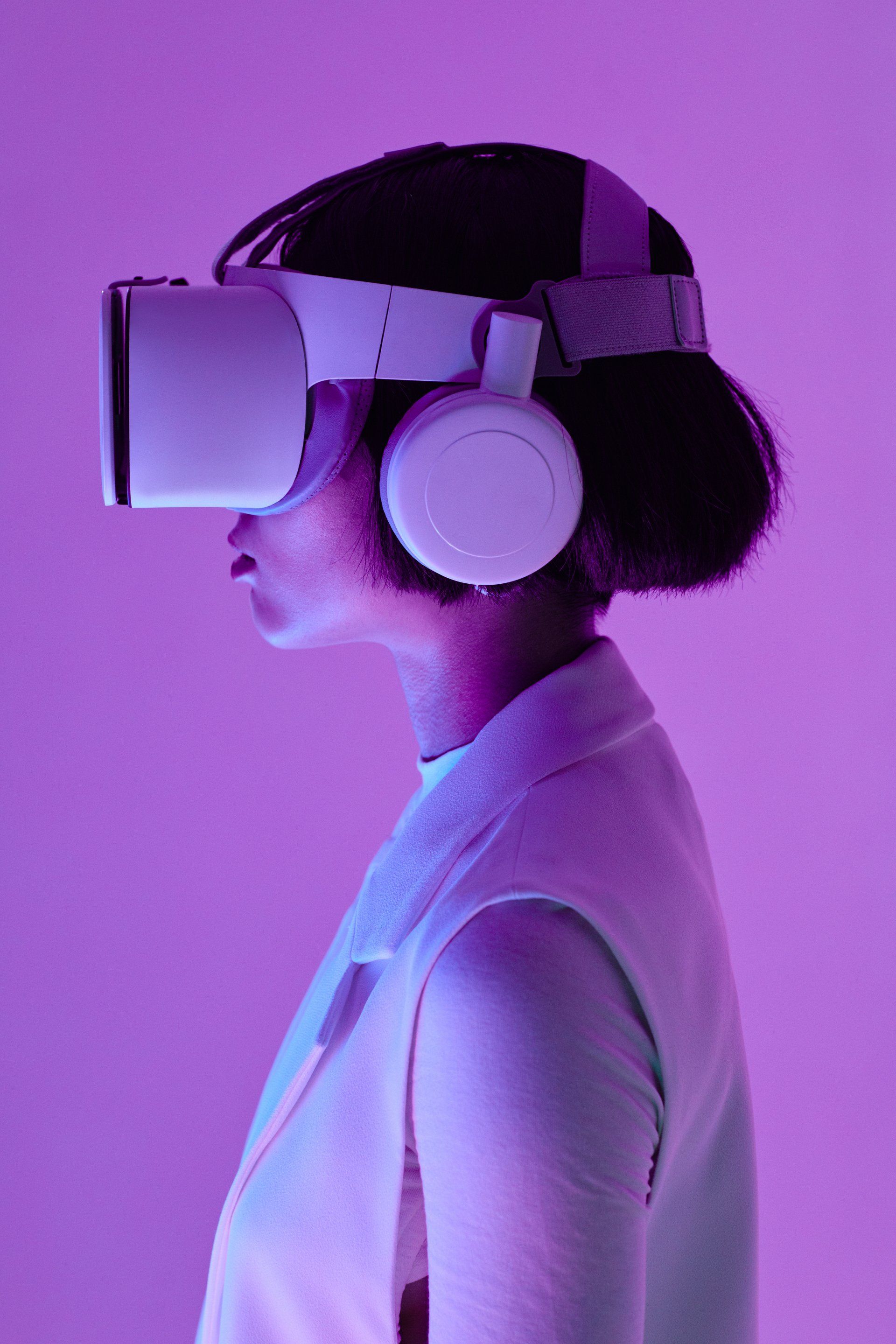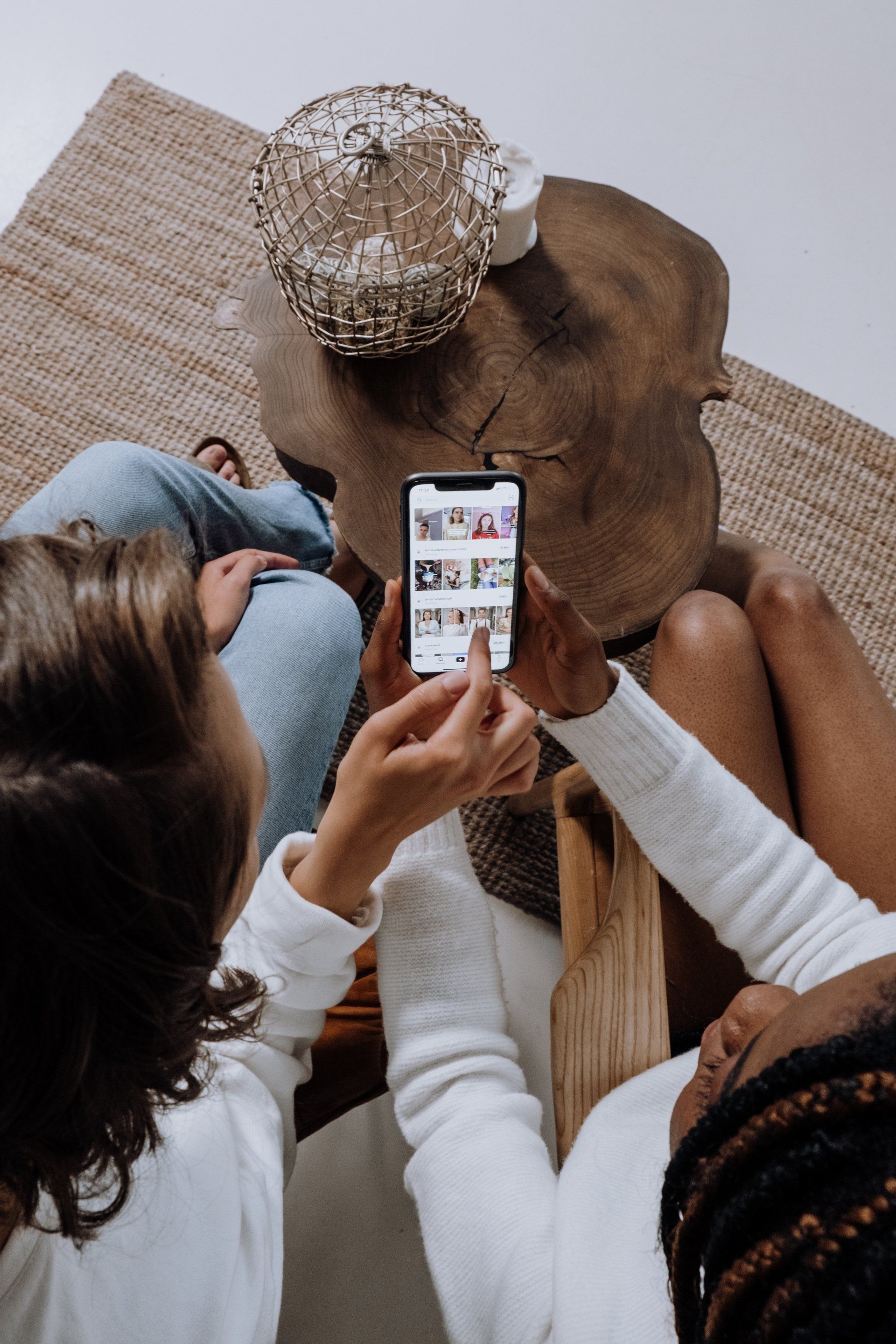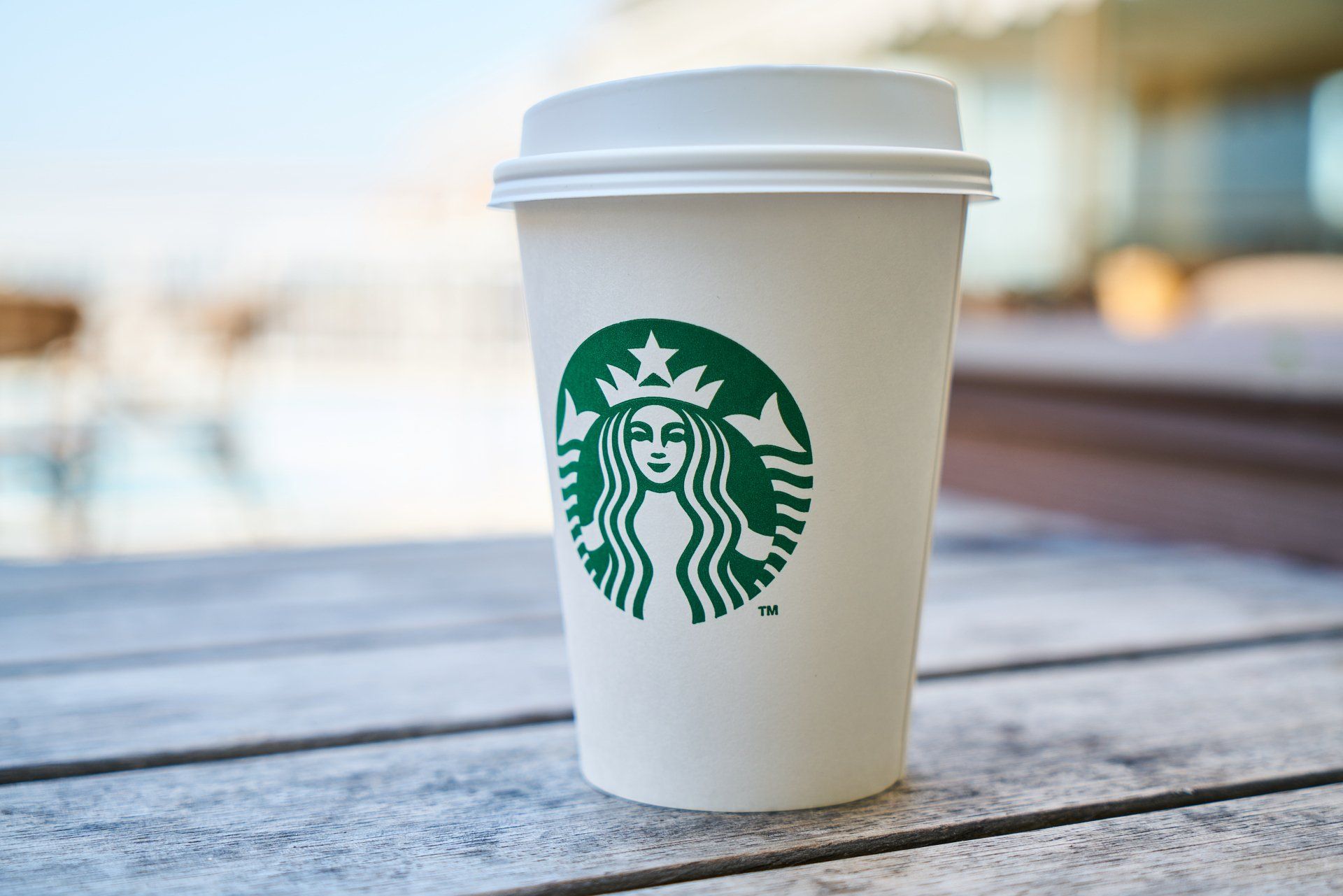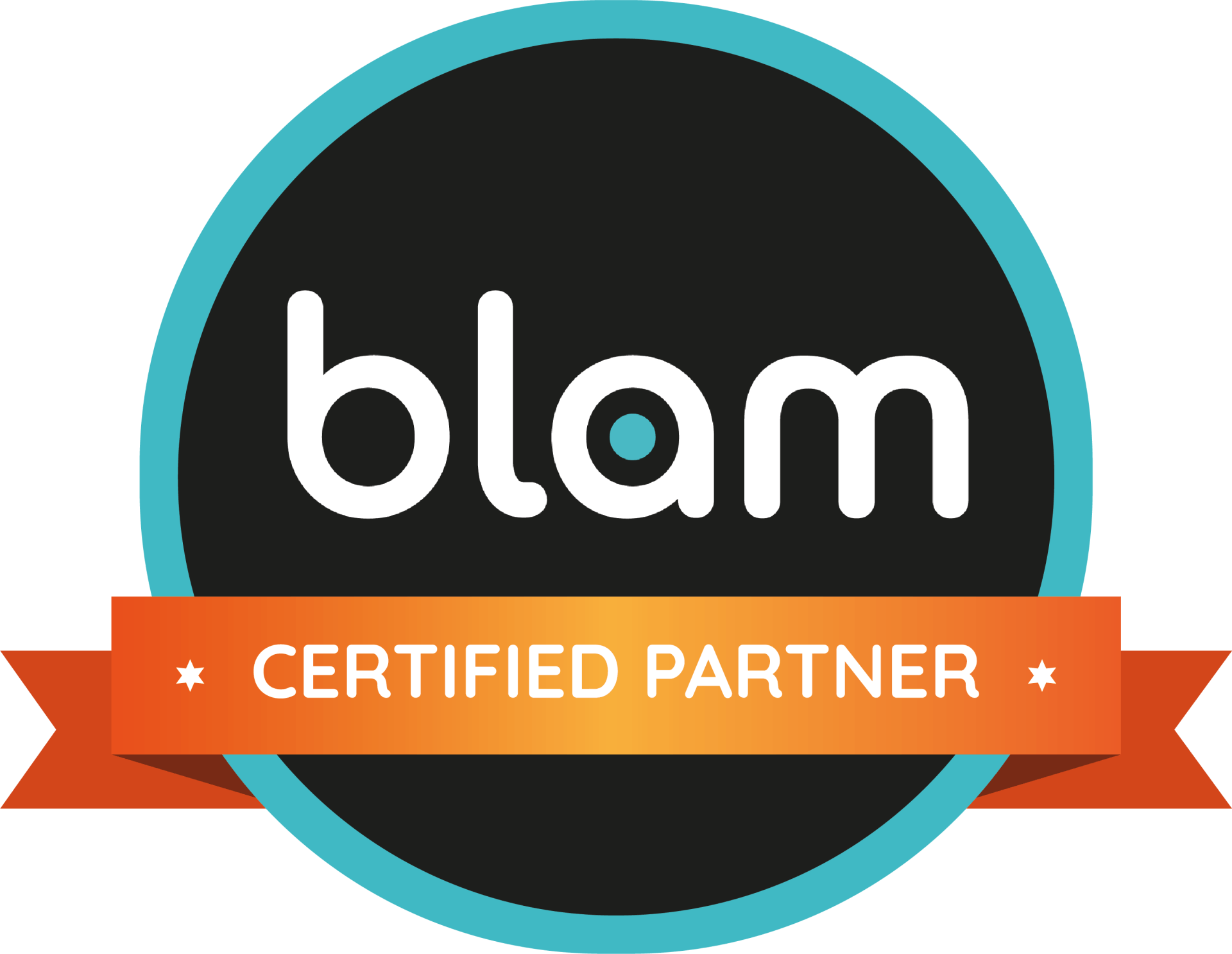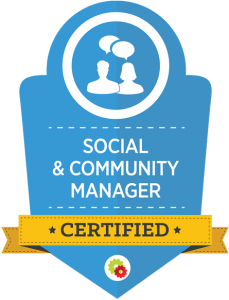South Africans Are Social Media Superstars: Here’s Why They’re Spending Hours Online Every Day
South Africa's Social Media Love Affair: Why Are We Spending Hours Scrolling?
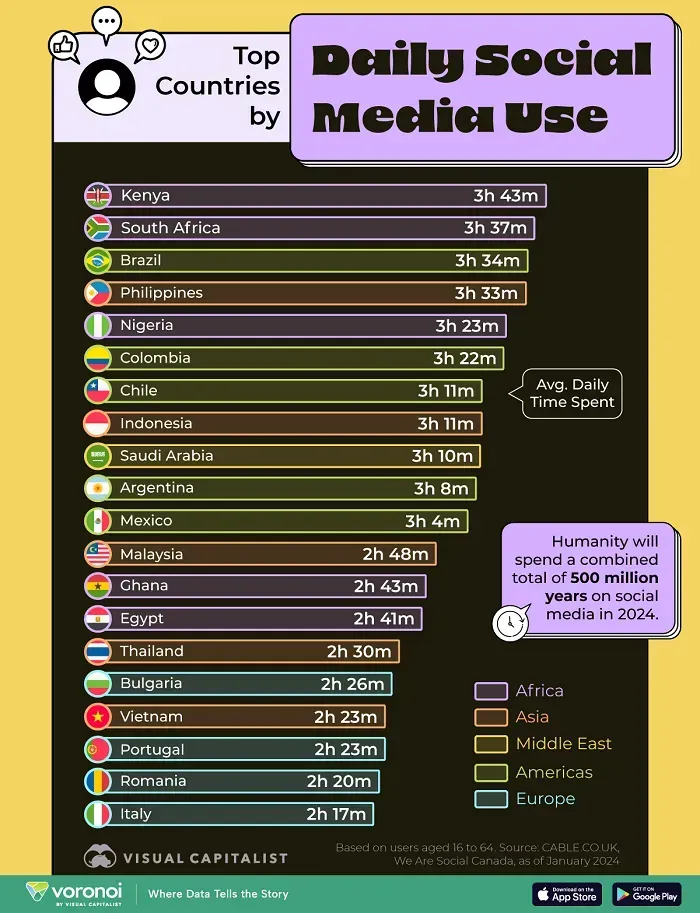
South Africans love social media, and we’re not shy about it. In fact, with an average of 3 hours and 37 minutes spent online every day, South Africa ranks second worldwide for social media use. Think about it—almost four hours a day! That’s more time than we spend cooking, exercising, or even catching up on the latest Netflix series. But what’s behind this deep-rooted digital obsession? And what does it mean for everyone from local influencers to big-name brands?
Let’s unpack the reasons behind this daily screen time and figure out why South Africans just can’t stop scrolling.
Who’s Glued to Their Screens in South Africa?
While it might seem like everyone’s nose-deep in their phones these days, certain groups are clocking more time online than others. In South Africa, it’s the younger generation, particularly those aged 16 to 34, who are the real social media power users. They’ve grown up with smartphones in their pockets and data bundles at their fingertips, turning social media into a virtual playground where they live, laugh, and share their lives.
The Platforms That Are Dominating Our Time
So where exactly are South Africans spending these hours online? Well, it’s all about those mobile-first platforms. WhatsApp, Instagram, and TikTok have become more than just apps—they’re like digital meeting spots where people come to catch up, get creative, and stay in the loop. Facebook still has a place in our hearts, especially with older users, but younger folks? They’re all about the ‘gram and the occasional TikTok dance.
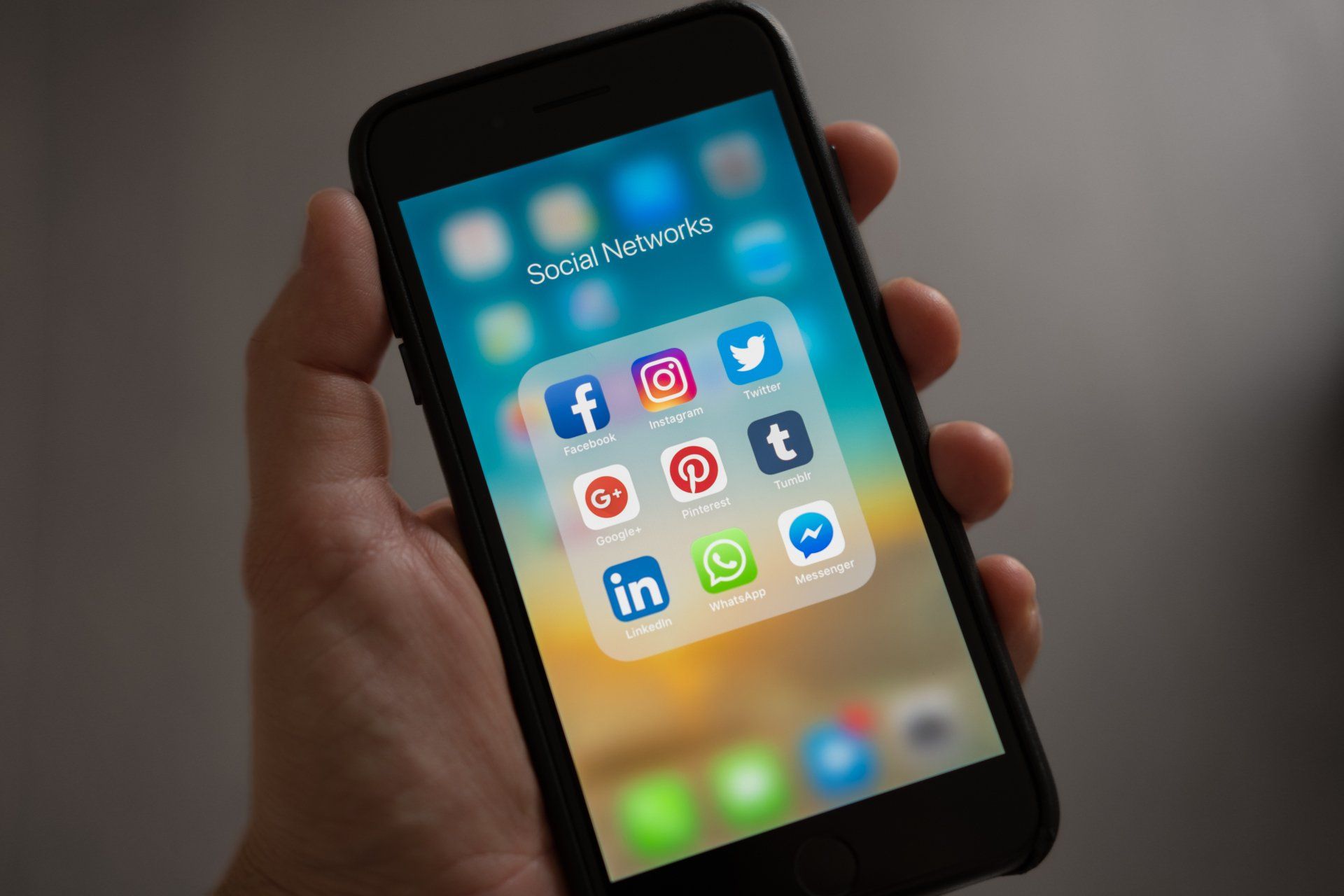
Why Are South Africans So Hooked on Social Media?
If you’re wondering why South Africans are practically glued to their screens, the reasons are as layered as a good bobotie (yes, there are multiple factors). Here’s a closer look at what’s fueling our social media addiction.
1. Affordable Smartphones and Data Plans
One of the biggest reasons for high social media use in South Africa? Affordable smartphones. Over the last few years, prices for decent smartphones have dropped, making it easier for just about everyone to own one. And with network providers dishing out budget-friendly data packages, staying connected has never been easier. For many, social media isn’t just a nice-to-have; it’s their main way of staying connected with the world.
2. Internet Access, Everywhere
South Africa has made major strides in internet access, reaching both bustling cities and quieter rural areas. This growing connectivity means that even in remote parts of the country, people can jump online to read the news, chat with friends, or watch the latest trending video. Social media fills the gap where traditional media might not reach, bringing people closer to the rest of the world and each other.
3. We’re Naturally Social (And Social Media Just Amplifies It)
Here’s the thing: South Africans are social by nature. We love to connect, whether it’s over a braai or in a WhatsApp group chat. Social media just takes that instinct to the next level. It’s a space where we can share our thoughts, debate the latest news, or simply have a laugh over memes. In a country as diverse and culturally rich as South Africa, social media lets people celebrate and explore their identities in a whole new way.
Social Media Is More Than Fun and Games: Here’s How We’re Really Using It
For many South Africans, social media goes beyond funny videos and friend updates. It’s also where we stay informed, get inspired, and even make a living. Here’s a look at how South Africans are using these platforms for more than just passing time.
Staying in the Loop
When it comes to news, social media is often the first stop. Twitter, for example, has become the go-to for real-time updates on everything from politics to sports. With so much happening in South Africa and around the world, people want quick, digestible news—and social media delivers. Of course, the downside is that fake news is just as quick to spread, so users are becoming a lot more critical of the information they see.
Small Businesses Are Booming
Instagram and Facebook aren’t just playgrounds for influencers—they’re also launching pads for small businesses. From handmade jewelry to local food delivery, many South Africans are turning to social media to reach new customers. Influencer marketing has taken off, too, with local personalities sharing authentic, relatable content that audiences trust. This blend of entrepreneurship and social connection is helping small brands grow in ways that would’ve been tough just a decade ago.
Let’s Talk About the Downsides: The Flip Side of High Social Media Use
As much as we enjoy our daily scrolls, spending nearly four hours a day on social media has its drawbacks. Here’s a quick look at some of the downsides that come with being this “plugged in.”
Mental Health Matters
Social media can be a double-edged sword for mental health. On one hand, it connects us; on the other, it fuels comparison and FOMO (fear of missing out). It’s easy to get sucked into a cycle of constantly comparing yourself to others’ “perfect” lives online. This is especially tough on younger users, who are increasingly feeling the pressure to look, act, or live a certain way.
Data Privacy Worries
With so much of our lives on social media, data privacy is a real concern. South Africans are becoming more aware of the risks associated with oversharing, especially with the rise in cybercrime. Still, with high usage comes high risk, and many people are realizing they need to be careful about what they post and who they share it with.
What This Means for Brands: Social Media Is a Goldmine (If You Know How to Dig)
For businesses, South Africa’s social media obsession is a massive opportunity. But to make an impact, brands need to be more than just another ad in the feed. They need to connect, engage, and resonate with users. Here’s how to stand out in South Africa’s social media landscape.
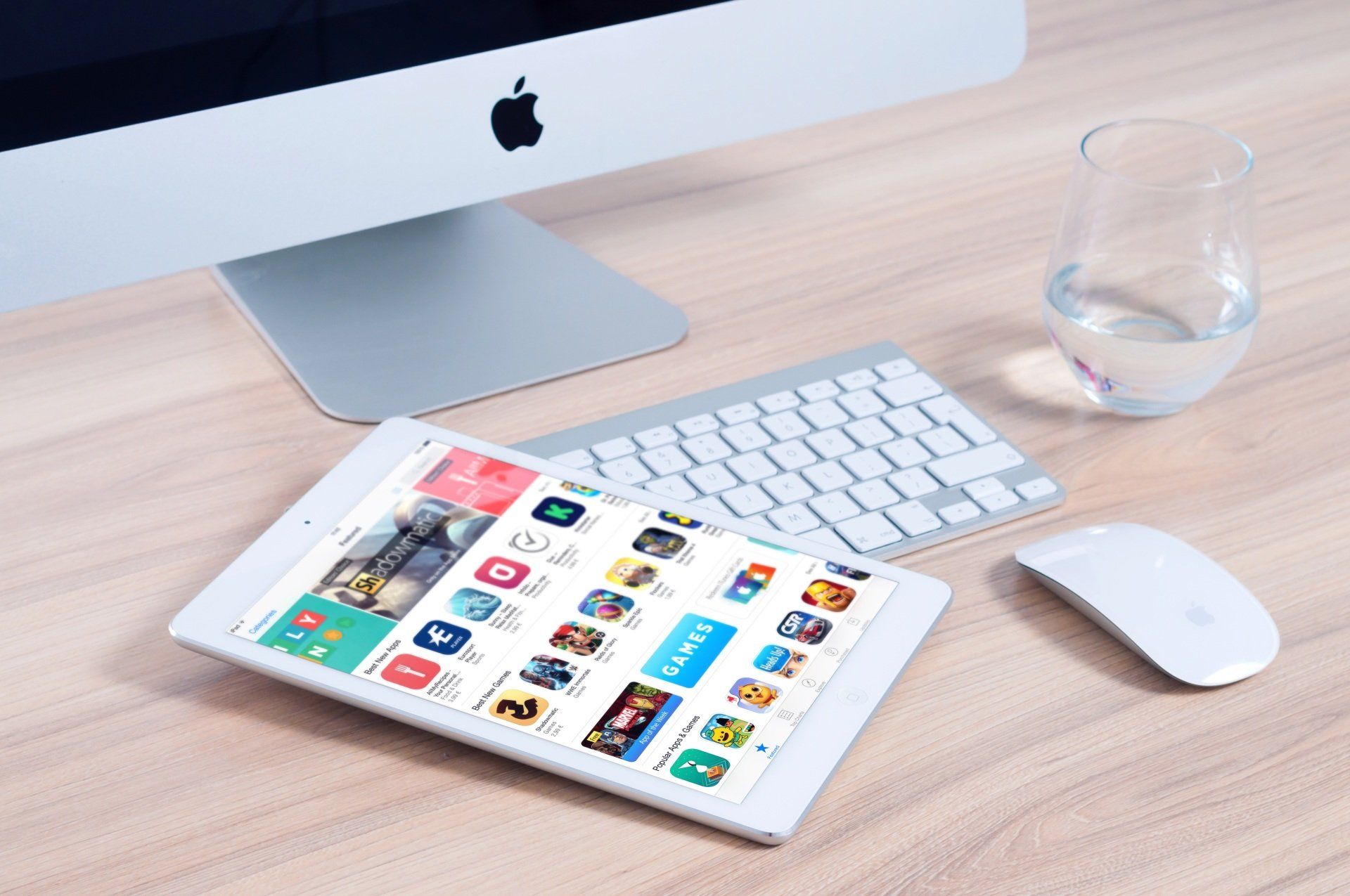
What This Means for Brands: Social Media Is a Goldmine (If You Know How to Dig)
For businesses, South Africa’s social media obsession is a massive opportunity. But to make an impact, brands need to be more than just another ad in the feed. They need to connect, engage, and resonate with users. Here’s how to stand out in South Africa’s social media landscape.
Go Mobile-First or Go Home
Since almost everyone accesses social media on their phones, mobile-friendly content isn’t just a nice touch—it’s essential. Vertical videos, bold visuals, and captions that get to the point are all key. And if you can throw in a touch of local humor or reference a trending topic? Even better.
Don’t Just Post—Engage
South African social media users value authenticity, and they can spot a hard sell a mile away. Brands that succeed here are the ones that engage with people. Answer questions, ask for feedback, and don’t be afraid to have a little fun. It’s not about posting a hundred times a day; it’s about making each post feel like a conversation.
Partner Up with Local Influencers
Influencers are huge in South Africa, especially those who understand the local culture and connect with audiences in a genuine way. Working with influencers isn’t just about getting eyeballs on your brand; it’s about tapping into communities that trust them. When done right, influencer marketing here is less about “selling” and more about storytelling.
Looking Ahead: Social Media’s Future in South Africa
So, what’s next? With technology evolving and new platforms popping up, social media in South Africa is only going to get more dynamic. Emerging trends like augmented reality (think virtual try-ons) and AI-powered content will add even more layers to the experience. And as internet access grows, expect even more people to join the digital conversation.
One thing’s for sure: South Africans are just getting started, and social media is here to stay.
Final Thoughts
South Africa’s love affair with social media is more than just a trend. It’s a reflection of a connected, vibrant society that values staying in touch and sharing stories. For businesses, understanding this landscape isn’t just smart—it’s essential. So, whether you’re a marketer trying to make waves or simply someone who loves a good meme, there’s no denying that social media is woven into the fabric of South African life. And from here, it only gets more exciting.
FAQs
- Why do South Africans spend so much time on social media?
Social media is affordable, accessible, and connects people in ways other media don’t—making it a natural fit for South Africans. - Which platforms are the biggest in South Africa?
WhatsApp, Facebook, Instagram, and TikTok are the top choices, with each platform catering to different age groups and content styles. - How is social media impacting business in South Africa?
Social media is helping businesses reach more people, particularly small businesses and influencers who use these platforms to connect with local audiences. - What are the risks of spending so much time on social media?
Misinformation, data privacy issues, and mental health concerns are some of the challenges tied to heavy social media use. - Is social media in South Africa expected to grow?
Absolutely. With increasing internet penetration and the adoption of new technologies, social media use in South Africa is set to keep climbing.
The data and insights presented in this article are based on findings from a recent report by SocialMedia Today and Visual Capitalist, analyzing social media usage across various countries. The report highlights how South Africa ranks among the top nations globally for daily time spent on social media, reflecting the country’s strong digital engagement and unique online culture.

